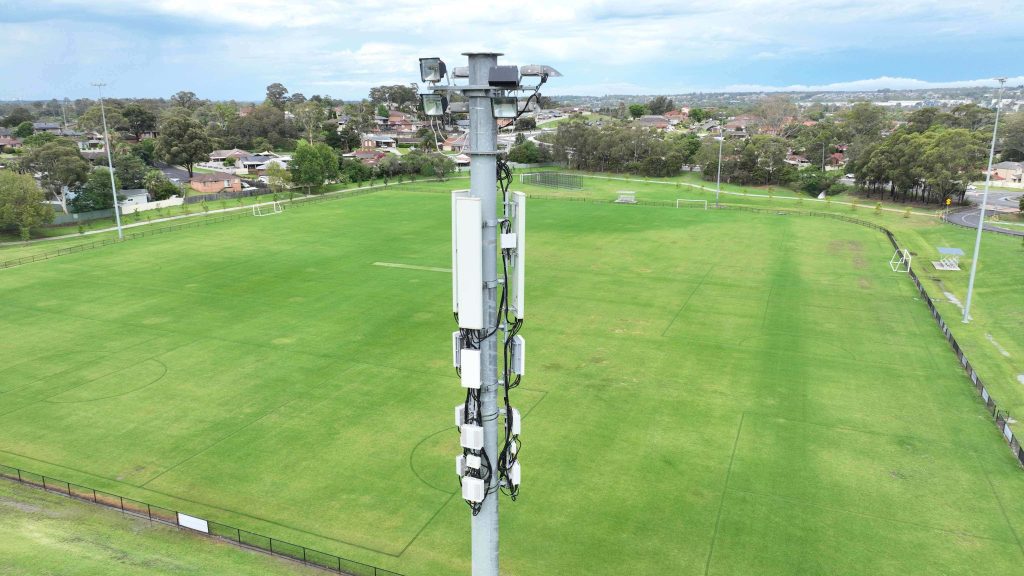Promote industrial sectors efficiency with aerial drones. Find out their influence on productivity and streamlined operations.
Drones are increasingly being used across different industries. Nonetheless, the effect is so massive that organizations that do not have them will not keep up with industry standards well. That’s why it is prudent to understand how construction drones impact operations across the building cycle.
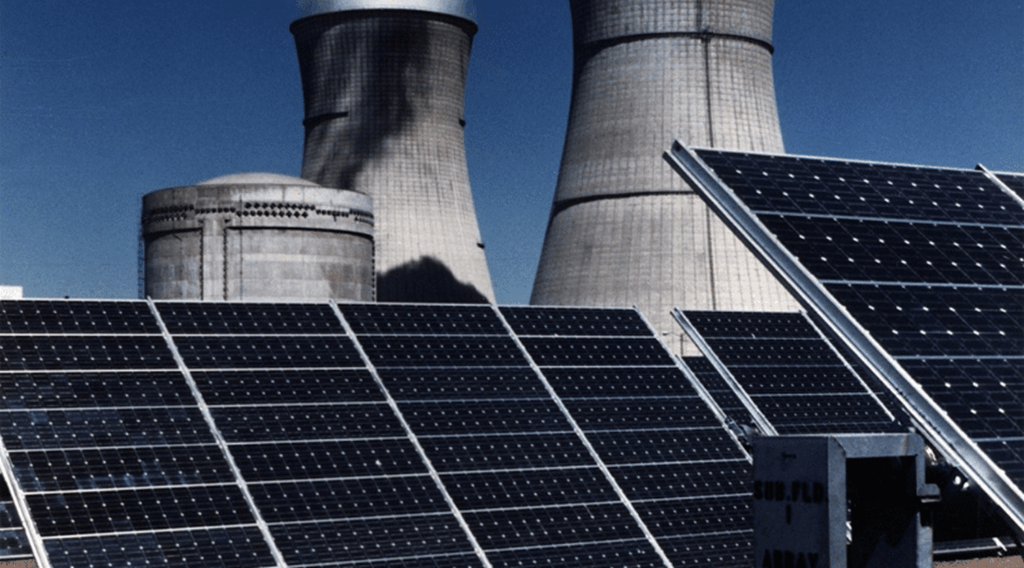
Gone are the days when land surveys were labor-intensive and relied on hard work only. Surveying and mapping have reached new heights of accuracy due to the advent of drones in the sky. Drones’ aerial view provides a lot of details that help architects and engineers make informed decisions.
This information combined with a knowledge of the performance of different kinds of construction drones for different purposes will assist you in choosing which drone is most suited to your industrial projects.
Improve The Efficiency Of Industrial Sectors By Aerial Drones
Drone data can be so flexible that at each stage of the Industrial process, namely feasibility, tendering, delivery, and maintenance it can be used.
Bidding And Pre-Planning
Before starting many construction projects, a topographic survey or “topo” must be done on a site to establish a clear understanding of its environment
Drone-based DTMs and DSMs may provide some clues about probable locations for drainage, and shifting grounds as well as other features that may help in determining appropriate areas for construction, excavation, or stocking pieces.
Drone technology used in topographic surveys has one significant advantage: it can identify potential drainage sites.
Natural drainage patterns, low-lying areas, and water accumulation-prone spots can be identified through the high-resolution images obtained from drones.
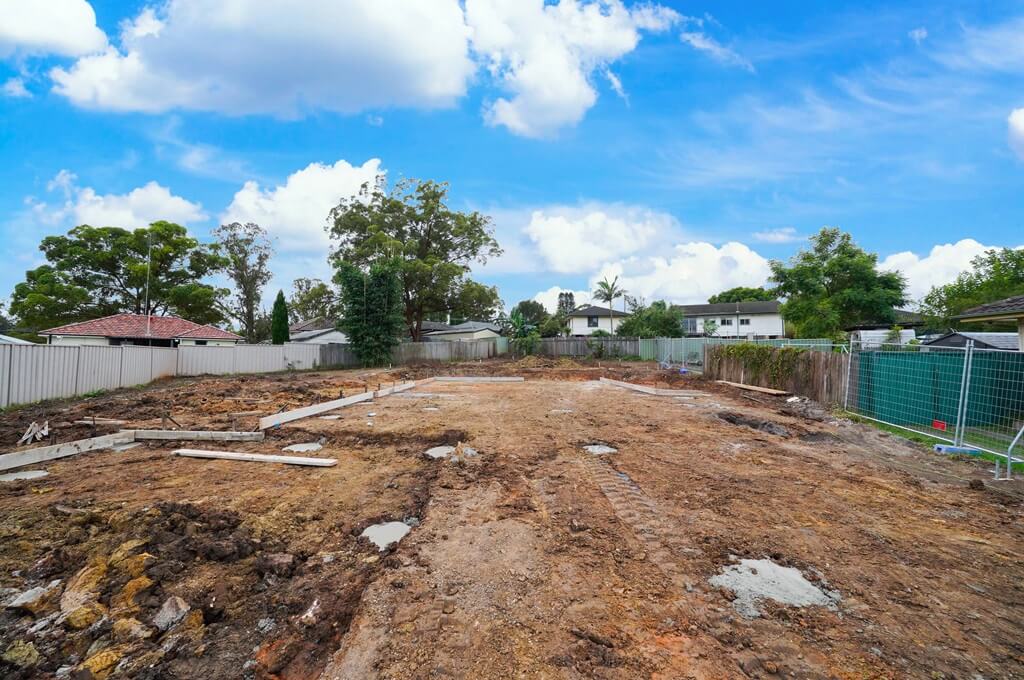
Designing effective drainage systems becomes easier with this kind of information hence avoiding such problems as flooding during or after construction due to waterlogging.
DTMs and DSMs also indicate elevation changes. They give a view of how slopes and gradients differ across the site.
It is important to understand the elevation change which influences suitable locations for construction activities, grading, or excavation. This helps in rationalizing the placement of structures as well as infrastructure elements ensuring that they are stable and will comply with design specifications.
In addition, a topographic survey helps to identify appropriate locations for construction materials and equipment storage.
By studying the landscape, project managers can choose where to establish storage yards based on accessibility, safety, and environmental factors.
Surveillance And Security
The use of drones is very important in the protection and monitoring of big industrial sites. They have advanced cameras and sensors that make them effective in monitoring large areas, thus improving security protocols and ensuring a safety-first approach.
However, fixed cameras or ground patrols used in conventional surveillance methods can be limited in terms of range, especially within large industrial complexes.
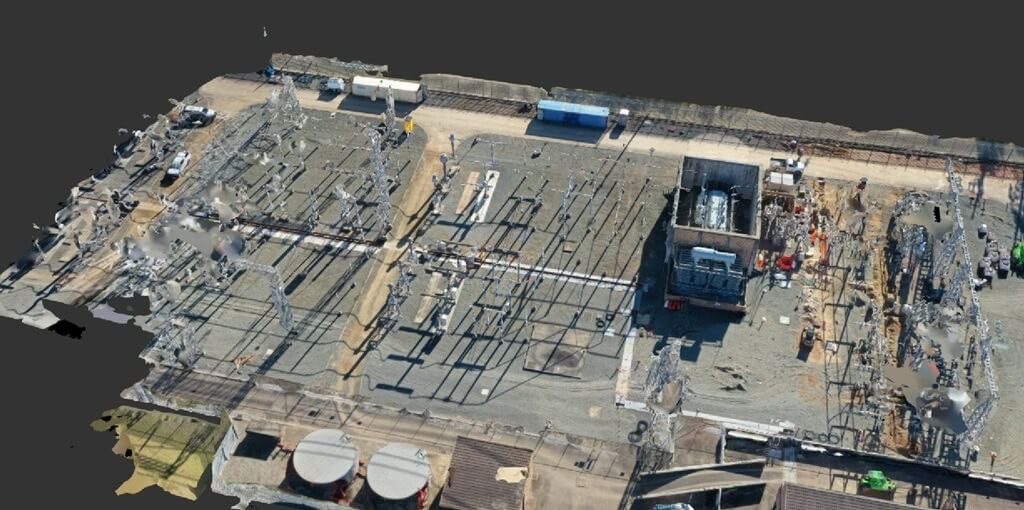
Apart from that, they are capable of covering vast stretches of space within a short time as opposed to human patrols who cannot adequately cover these territories.
This makes it easier for them to carry out surveillance duties more efficiently than any other possible device can do.
Therefore, even during the night, drones can take high-quality images and videos due to their ability to see far better than humans.
In addition, drones help the security teams to be proactive. Regular, aerial patrols on a scheduled basis help in identifying weak points, and potential threats and constantly keeping an eye on the most essential infrastructure.
In addition, drones can boost security in times of insecurity due to their mobility and agility. In case of any incident or breach, drones can be quickly flown over the affected area for real-time information to ground security personnel.
Real-Time tracking
Mistakes are expected when there are hundreds of decisions made every day at an industrial site. The drone-collected data regularly lets project managers examine not only all areas of the site for progress but also the exact alignment of as-planned to as-built.
If an error is detected early in the process, it may cost less and cause less delay to the whole project. Constantly updating views on the site’s activities helps to keep track of things and save days that might have been lost or resulted in expensive delays.
Drone sensors can collect various types of data including thermal imagery, atmospheric conditions, and terrain mapping
Drones equipped with sensors could be used in agriculture for instance, so that farmers could get immediate notifications about crop state, soil condition, and irrigation needs. Real-time data will aid decision-making regarding crop management in terms of optimizing yields and resource utilization.
The use of drones in environmental monitoring enhances the understanding of ecosystems. This comprises real-time information on such aspects as air and water quality, and biodiversity.
Drones are game-changers when it comes to disaster response and management due to their immediate and accurate data collection capabilities.
Drones with sensors can estimate the extent of damage in areas affected by disasters, identify potential dangers, and facilitate planning and execution of rescue plans
Inspection And Maintenance
Regular inspections of infrastructure are required not only by regulation but also by the fact that they are important for the smooth running of different sectors.
Maintenance is usually under-appreciated because it takes time and money yet provides no immediate value to operations unless they go wrong.
On the other hand, if you do not have enough your business will be exposed to a big risk which may cost you a lot in terms of financial loss.
But at times it is not simple to ensure that good asset maintenance is provided at a reasonable cost.
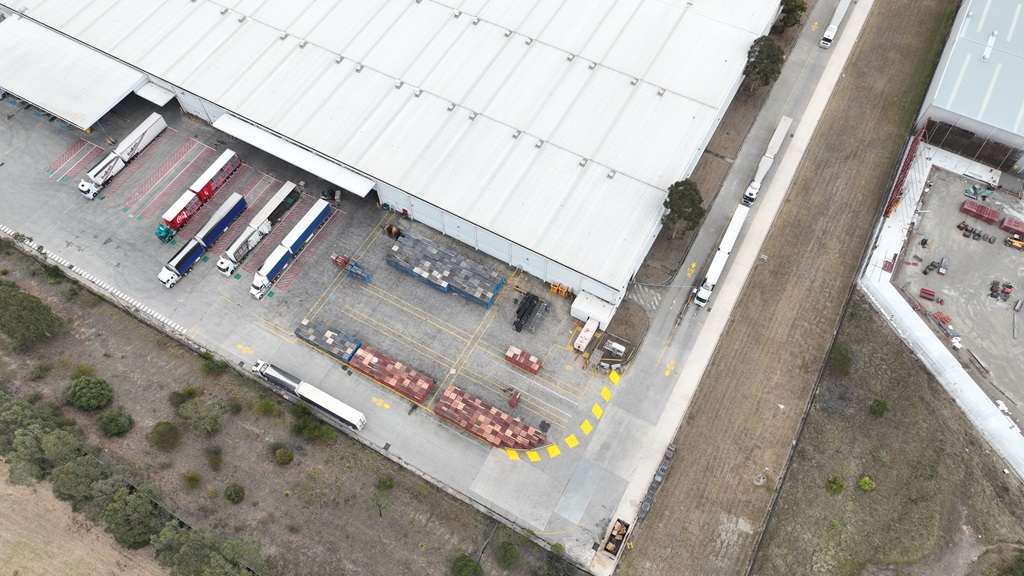
By sending drones into the air, companies could inspect larger assets or those situated in hard-to-reach areas more quickly and cheaply.
This leads to safety measures, identification of potential problems, and prevention of costly accidents and repairs.
This advanced drone also has thermal imaging and LIDAR technologies that help them identify other problems that cannot be observed by the naked eye.
Moreover, the information obtained from drones can be analyzed by artificial intelligence and machine learning algorithms.
It can also identify patterns, predict future failures, and recommend mitigation strategies
Reduced Operational Costs
Across diverse sectors, comparisons between conventional practices and the use of drones have consistently led to significant reductions in operational costs.
Drones are seen as part of an inevitable future move towards automation in manufacturing facilities by 80 percent of businesses who think it will eventually enhance their supply chain.
They provide an inexpensive option with far-reaching effects on the entire budget for industrial operations from reducing labor expenses to lowering equipment maintenance costs.
Often, traditional methods of inspection and surveying need many people to cover large areas manually.
On the contrary, drones can quickly fly and move without human intervention in larger regions thus reducing the need for a large number of human resources.
In addition, maintenance costs for equipment may be lowered with drones.
For example, a corporation learns via a drone inspection that a gasoline tank near the ocean has roof-top rust, which is likely to compromise its water resistance.
Based on this information from the inspection, the company might plan future sites to avoid such an occurrence.
However, modern drone-in-a-box technologies won’t make your equipment indestructible; they could only help extend its life by avoiding frequent replacements through preventative maintenance and operational intelligence.
Why Choose Upload Drone Media Services For Industrial Sectors In Australia?
Make your industrial sector work smoother through our comprehensive drone services. Upload Drone Services is here to help you achieve all your building and construction goals safer, faster, and with precision.
Our experienced and dedicated experts utilize advanced equipment and techniques. We offer a variety of services including site surveys, progress monitoring, inspections, and marketing materials.
From construction progress/reports to live site monitoring. We’ve everything covered to help you save time and money, improve safety, and ensure the quality of your construction project.
Trust Upload Drone Services to be your aerial partners, we provide a dynamic view of your construction site like never before. Consult with us today and let’s elevate your projects to new heights.
How Can Upload Drone Services Help You Industrial Sectors In Australia?
Whether you’re a large industry or construction business our drone service offers you a new perspective on your projects. Our experienced experts and advanced technology offer you effective solutions to enhance your projects.
From site surveys/mapping to safety and compliance visuals to live site monitoring our high-quality drones help you build your projects better, faster, and safer. So, why settle for less when you can do your best? So, Contact us today and book your consultation.
FAQS For Drones In Industrial Sectors
What Are the Key Benefits of Using Drones in Industrial Sectors?
When it comes to industrial sectors, drones have an array of benefits including but not limited to increased efficiency, cost saving, and greater safety.
How Can Drones Be Utilized for Asset Inspection in Industrial Facilities?
Critical infrastructure like pipelines, towers, and equipment can be examined by drones as they are equipped with high-resolution cameras and sensors.
What Role Do Drones Play in Environmental Monitoring Within Industrial Environments?
Assessing the impact of industrial activities on surrounding ecosystems, detecting leaks, and monitoring air and water quality are some of the principal ways in which drones contribute to environmental management.
How Do Drones Enhance Safety Measures in Industrial Operations
It therefore reduces the risks that human workers face when accessing hazardous or hard-to-reach areas by themselves as this could limit chances for injury or even death.
What Are the Challenges and Regulations Associated With Integrating Drones Into Industrial Operations?
For instance, it is about overcoming challenges such as airspace restrictions, privacy concerns, and cybersecurity risks while addressing these regulatory considerations.
